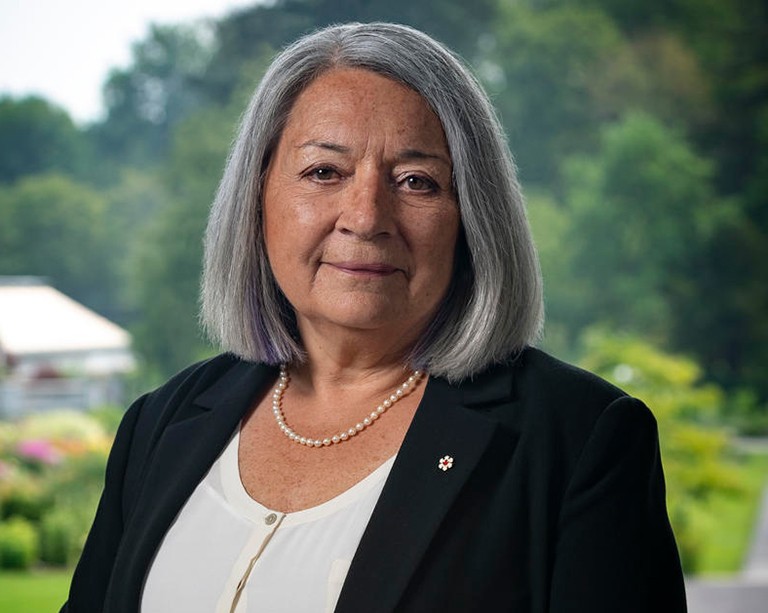NEW RESEARCH: Rainforest protection and cultural safety in Borneo

Chainsaws buzzed nearby — a constant reminder of the logging industry’s destruction of rain forests in the Sarawak state of Borneo.
“Close to 90 per cent of Sarawak’s ancient forest is now gone,” says Natasha Blanchet-Cohen, associate professor of applied human sciences in the Faculty of Arts and Science at Concordia.
In 2015, Blanchet-Cohen spent three months in Borneo among the Kelabit community conducting a participatory case study. She observed issues of cultural safety in light of internal Indigenous conflict caused by the external pressures of modernization — most pressingly, tensions involving logging, oil palm and ancestral domain.
Indigenous ‘cultural safety’
Her reflections were published this September, in a special issue of AlterNative. She co-edited the issue with Catherine Richardson/Kinewesquao, a professor at the Université de Montréal.
The volume is devoted to topics of cultural safety — broadly defined by Blanchet-Cohen as an environment where people feel they are accepted for who they are and where they come from.
“There is already attention paid to cultural safety in the context of redefining health care and social services,” Blanchet-Cohen says.
“But we also need to better understand the importance of the land to cultural safety and how to maintain that connection for the younger generation.”
Closing the generation gap
In an article co-written with her husband, the Kelabit activist Mutang Urud, she reports an age-based conflict inside the community in Long Napir village, where they were situated and conducted extensive interviews.
“Young people — some still living and hunting on the land and some living in urban areas — want to be part of the decision-making process, especially when it comes to negotiating land claims,” says Blanchet-Cohen, graduate program director for youth work in the Department of Applied Human Sciences.
“The elders recognize some youth are better educated and equipped to deal with corporate interests, but they don’t necessarily want to relinquish leadership, or feel young people know what is best.”
Community cartography
Blanchet-Cohen’s article also points to the success of a four-year community mapping project as a tool to bridge the generation gap within the Kelabit and secure land claims.
By canoe or on foot, young people and elders became cartographers, traversing approximately 100,000 hectares of Kelabit Meri’it territory to identify migratory routes, burial grounds, old village sites, hunting grounds, long houses and more.
“Community mapping turned out to be a mitigating process in land claims that can strengthen identity, build unity and thereby reinforce cultural safety — something that other cultures can use as a model,” explains Blanchet-Cohen, who was a participant observer with the project.
“The mapping exercise helps transcend the generational gap and boundaries of knowledge, as well as build the constituency to protect the land, since there is a heavy burden of proof on Indigenous communities to demonstrate ownership.”
A key priority, she adds, is sustaining community resiliency and strength to effectively use available tools to protect their land, and maintain their sense of belonging and identity.
A Time to Swim
Check out the trailer to a documentary featuring Blanchet-Cohen’s husband, Kelabit-born activist Mutang Urud:
Read the cited article, “Tana’ Bawang (homeland): cultural safety and the Kelabit land struggle in Borneo.”


